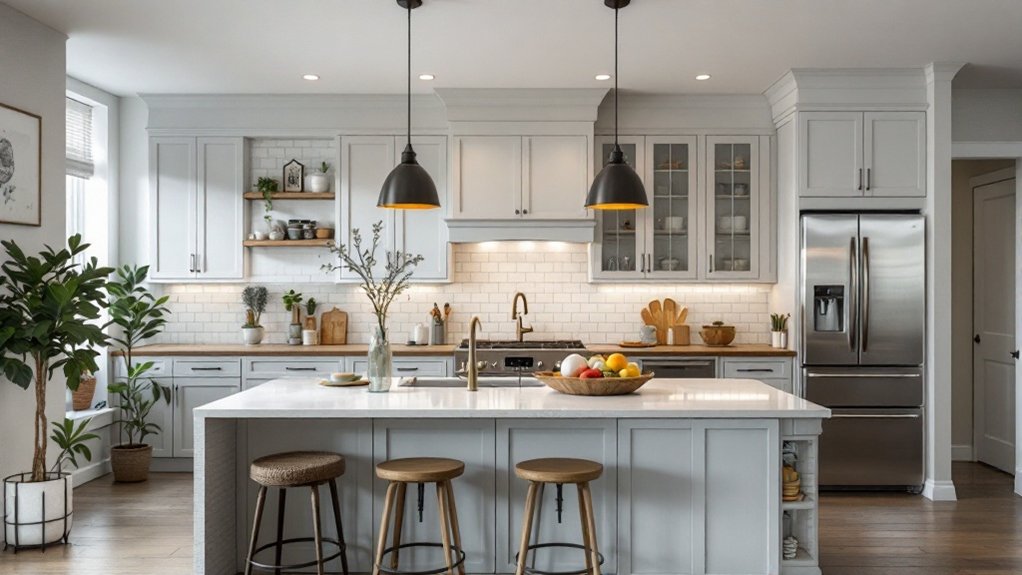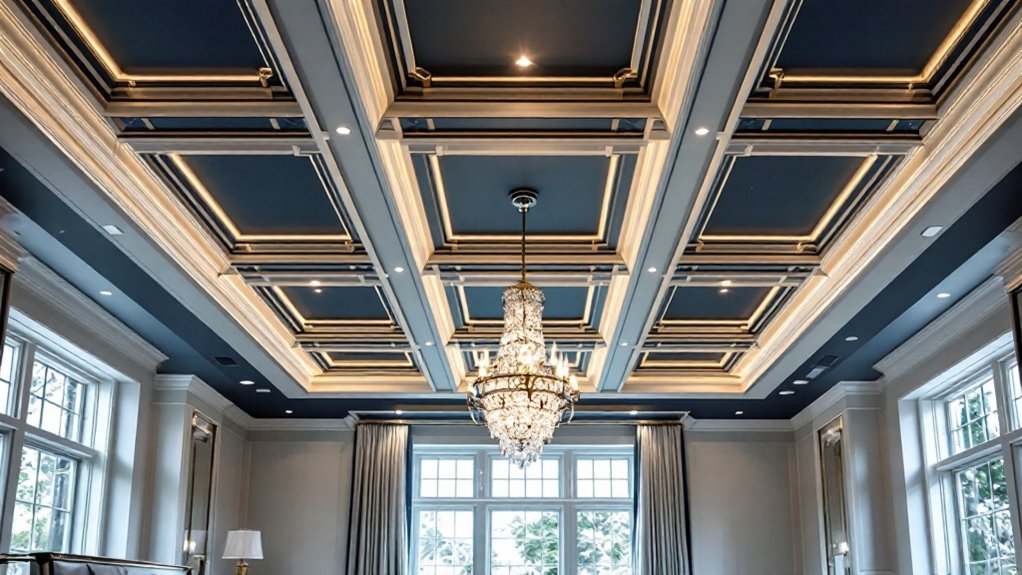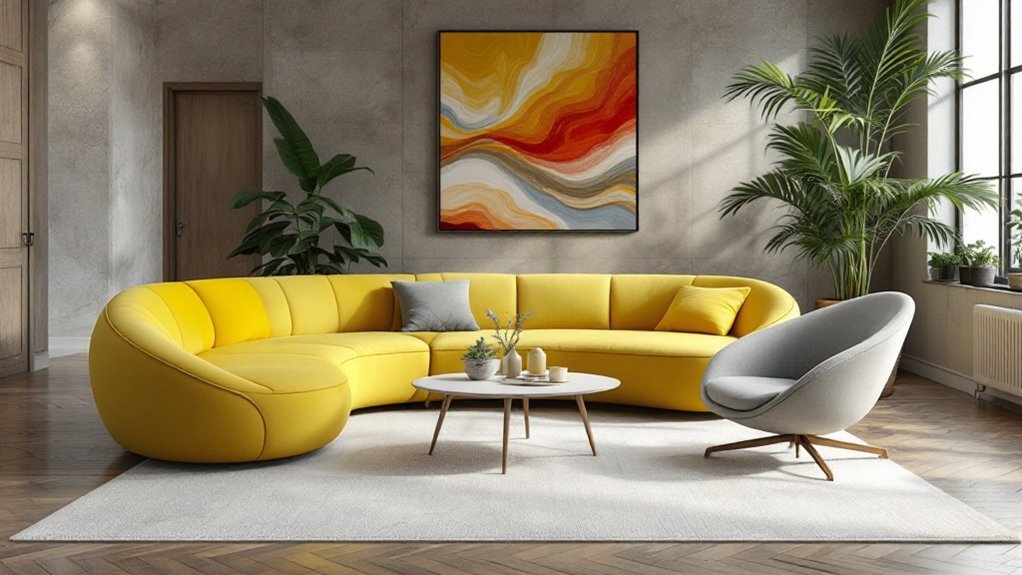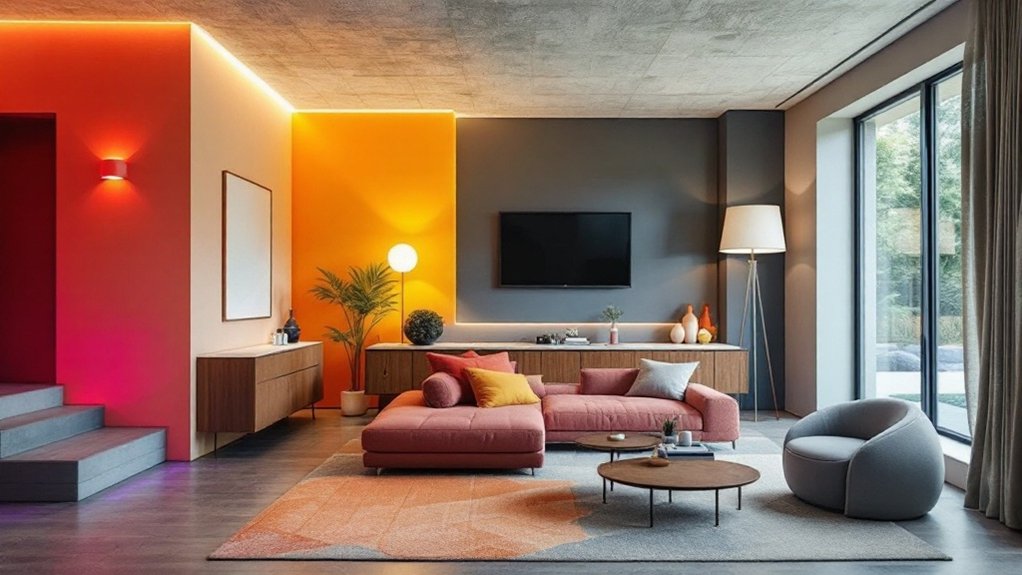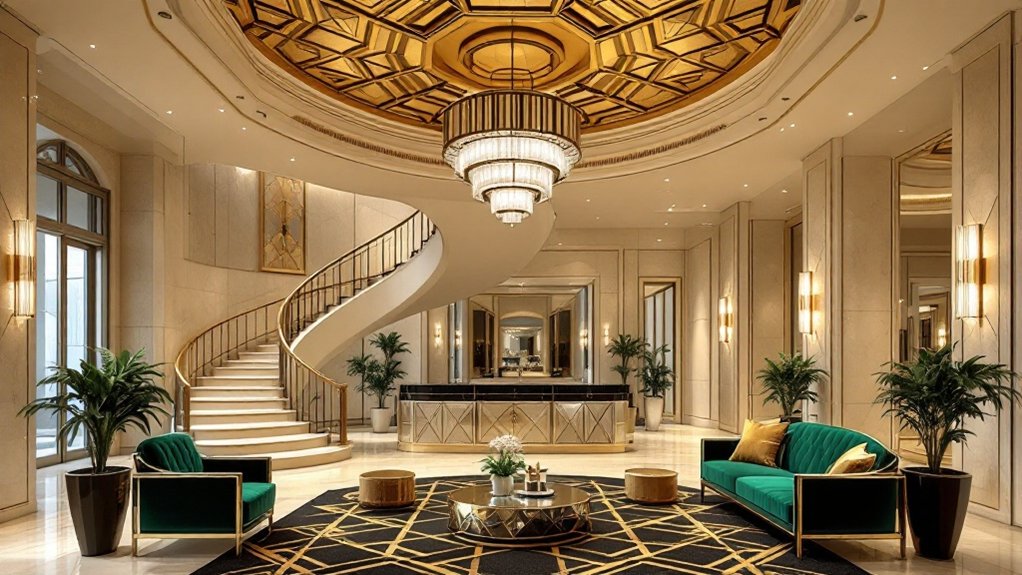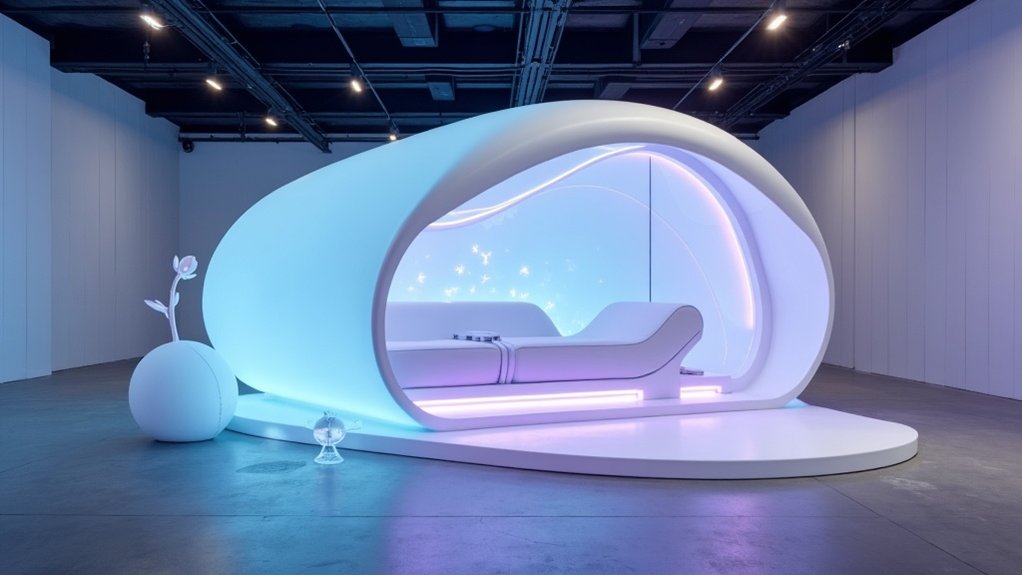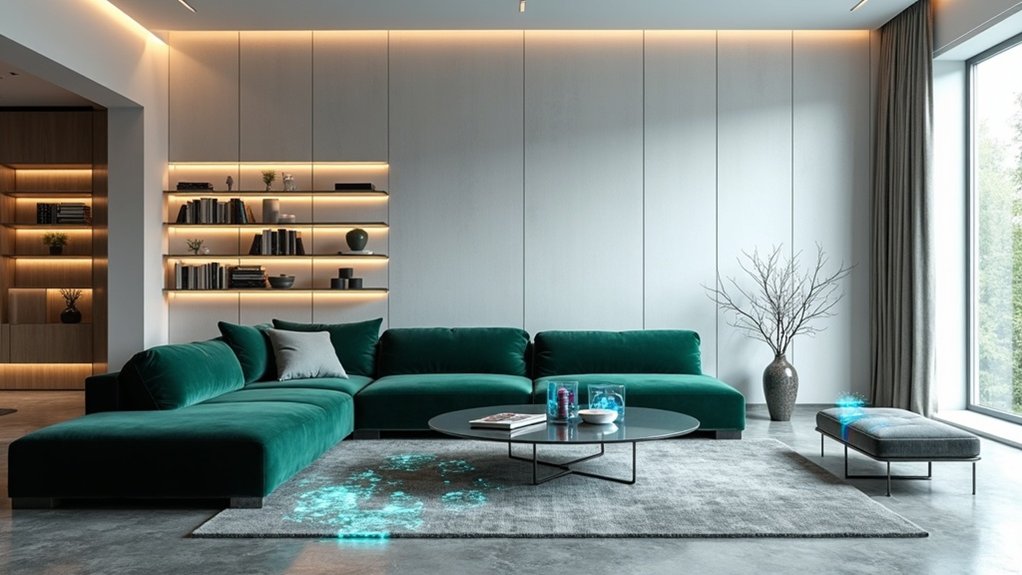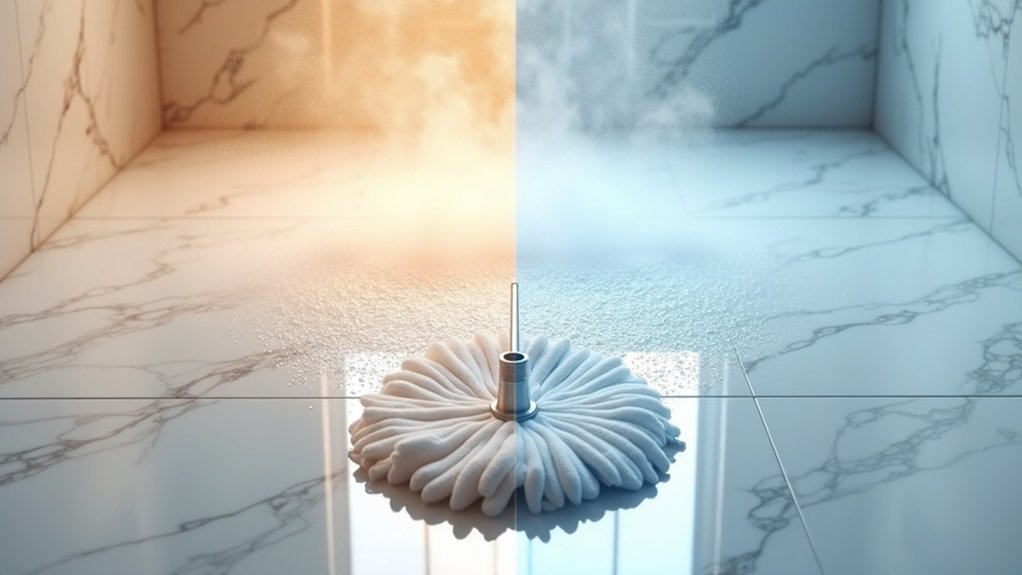Modern kitchen design transcends basic functionality, evolving into personalized spaces that reflect individual lifestyles and aesthetics. Today's customized kitchens seamlessly integrate advanced storage solutions, smart technology, and sustainable materials while maintaining a balance between practicality and style. From ergonomic layouts with pull-out pantries to voice-controlled appliances and vibrant color schemes, these spaces serve as multifunctional hubs that promote social interaction and efficient workflow. The fusion of innovative features with personalized design elements opens new possibilities for creating uniquely tailored culinary environments.
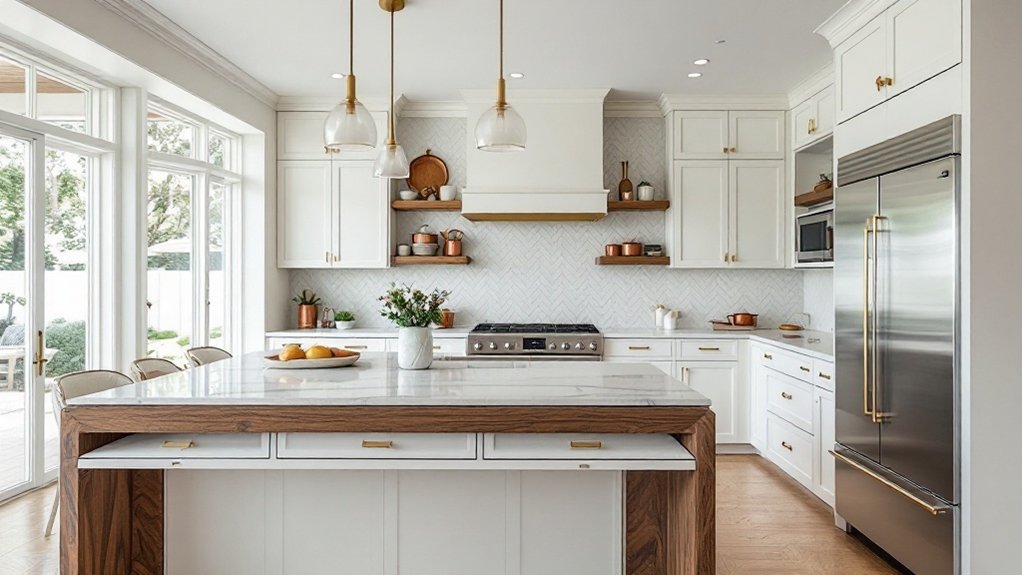
Today's customized kitchens represent a dramatic evolution from purely functional cooking spaces to sophisticated, multifunctional hubs that seamlessly integrate technology, sustainability, and personalized design elements. Modern kitchens now merge food preparation zones with dining and entertaining areas, creating interconnected spaces that promote social interaction while maintaining practical efficiency.
The shift toward personalization is evident in the resurgence of mid-century modern design elements, featuring clean lines and natural materials combined with contemporary innovations. Round cabinet fronts are becoming increasingly popular for their ability to soften hard angles and create visual contrast. Designers are moving away from sterile black, white, and gray palettes, embracing warm brown tones, earthy colors, and permanent pops of vibrant hues in cabinetry and backsplashes. The addition of butler's pantries near main kitchens enhances functionality with dedicated spaces for food storage, preparation, and entertaining equipment.
"We're seeing a definitive return to warmth and personality in kitchen design," notes industry expert Sarah Chen, "with homeowners seeking spaces that reflect their individual style while maintaining functionality."
Storage solutions have become increasingly sophisticated, with custom cabinetry incorporating pull-out pantries, hidden appliances, and corner storage systems that maximize space utilization. Ergonomically designed layouts prioritize accessibility and improved workflow, while integrated "stand-alone" cupboards and flexible islands provide adaptable workspace options that can evolve with changing needs.
Modern kitchen storage transcends basic functionality, offering intelligent solutions that transform spaces while anticipating tomorrow's organizational needs.
Environmental consciousness plays a vital role in modern kitchen design, with sustainable materials like bamboo, reclaimed wood, and recycled metals gaining prominence. Energy-efficient appliances and fixtures have become standard features, while zero-waste solutions, including built-in composting systems and reusable storage options, reflect growing environmental awareness.
Smart technology integration has transformed the kitchen experience, with voice-controlled devices managing appliances and displaying recipes hands-free. App-connected ovens and refrigerators offer remote control capabilities, while sensor lighting and touchless faucets improve both convenience and hygiene.
These technological advances are thoughtfully incorporated into custom cabinetry, maintaining a clean, uncluttered aesthetic that balances innovation with visual appeal. The result is a highly personalized space that not only serves its practical purpose but also reflects the unique style and values of its users while embracing sustainable practices and state-of-the-art technology.
Frequently Asked Questions
How Long Does a Complete Custom Kitchen Renovation Typically Take?
A complete custom kitchen renovation typically spans 8-16 weeks from initial consultation to completion, though total duration can extend to 3-6 months when including planning and permitting phases.
The planning stage usually requires 2-3 months, while construction and installation take 8-12 weeks.
Factors such as project complexity, material availability, and unforeseen structural issues can significantly impact timelines.
High-end customizations and architectural involvement may further extend the renovation period.
What Are the Average Resale Value Returns for Customized Kitchen Investments?
Customized kitchen investments typically yield varying returns based on project scope and market conditions.
Minor kitchen remodels offer the highest ROI at up to 85.7%, while midrange renovations average 41.8% returns.
Upscale custom projects typically recoup between 38-52.5% of costs.
In dollar terms, minor updates add approximately $26,406 to home value, midrange remodels return about $45,370, and upscale renovations contribute around $83,025 to resale value.
Can Existing Cabinets Be Modified for a Custom Kitchen Design?
Existing cabinets can be effectively modified through various techniques to achieve a custom kitchen design. Through refacing, structural updates, and strategic modifications, homeowners can transform their current cabinetry while maintaining the original framework.
Options include replacing doors and hardware, adding crown molding, installing pull-out shelving, and creating open shelving displays. While some limitations exist based on cabinet quality and construction, these modifications typically offer a cost-effective alternative to complete replacement while delivering personalized functionality and style.
Are Permits Required for Custom Kitchen Renovations in Residential Areas?
Permit requirements for custom kitchen renovations vary by jurisdiction but are typically needed when structural, electrical, or plumbing modifications are involved.
While cosmetic changes like cabinet installation and countertop replacement usually don't require permits, major alterations such as moving walls, upgrading electrical systems, or relocating plumbing fixtures mandate proper documentation and approval.
Local building authorities should be consulted early in the planning process to guarantee compliance with specific residential codes.
How Do Custom Kitchens Impact Home Insurance Rates and Coverage?
Custom kitchen renovations typically increase home insurance rates because of higher replacement costs and heightened property values.
Insurance providers often require homeowners to increase their dwelling coverage to adequately protect high-end materials and fixtures like granite countertops and custom cabinetry.
While some safety upgrades may offset premium increases, significant kitchen renovations typically necessitate policy adjustments.
Insurance experts recommend reviewing coverage limits post-renovation to guarantee all-encompassing protection against potential losses.
